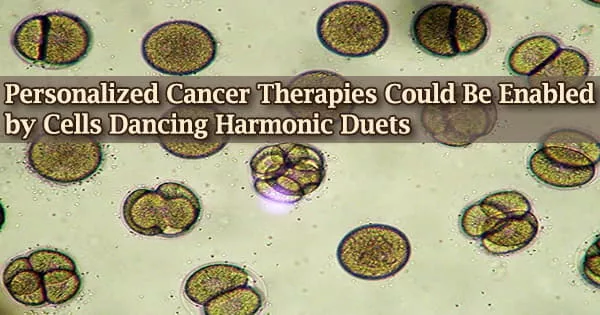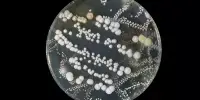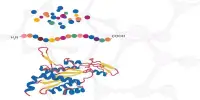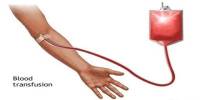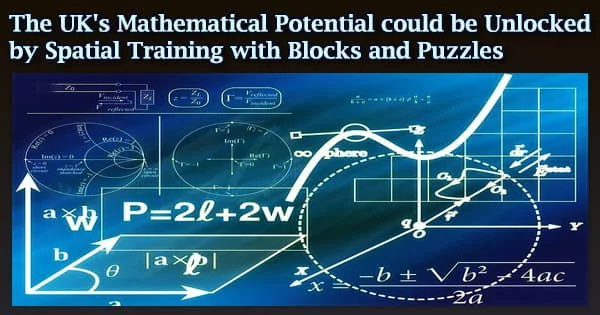Mechanical engineers at Duke University are controlling suspended particles and cells in novel and beneficial ways using two electronic “voices” singing a harmonic duet. Their prototype gadget can build arbitrary forms with a given amount of particles, as well as move pairs of biological cells together and apart hundreds of times.
Materials science, soft condensed-matter physics, biophysics, life science, and medicine could all benefit from these talents.
The researchers have demonstrated that the gadget can pair two particular cells selectively and detect their adhesion forces, a feat that doctors could utilize to guide treatment for individual cancer patients.
The researchers termed the acoustic gadget the HANDS platform because of its dexterity and compassion. (Harmonic Acoustics for Non-contact, Dynamic, Selective particle manipulation.)
The results appear online on March 24 in the journal Nature Materials.
For example, we can systematically study T-cell interactions with cancer cells in a high-throughput manner and obtain precision cell-cell interaction forces. This could help doctors find the most effective and specific cell therapy for patients as personalized precision medicine.
Luke Lee
“The separation of paired particles or cells has been a major target in the field of acoustic manipulation for many years,” said Tony Jun Huang, the William Bevan Distinguished Professor of Mechanical Engineering and Materials Science at Duke.
“Our HANDS platform is the first method of separating paired objects, which provides a way into cell-cell interaction studies that are needed extensively in biophysics studies and drug discovery.”
Acoustic tweezers are a new field that uses sound waves to delicately manipulate particles or cells suspended in liquids without touching them.
Some instances move particles by pinching them between two sound waves and adjusting the waves’ phase or origination point. Others divide particles into other shapes, such as a grid, by merging two static standing sound waves.
By incorporating piezoelectric melodies and harmonies into the arrangement, researchers have introduced a new layer of intricacy to these gadgets. The HANDS platform prototype uses a function generator to create complicated standing waves that alter rapidly, as opposed to earlier devices that create static standing waves.
It’s as if the robots are now hitting the quick highs and lows of a difficult opera with two singers, rather than singing a single note.
Sound-generating transducers are placed on each side of a small square container filled with liquid in the new device. These four transducers make two pairs when they act in tandem with those right across from them.
One forms horizontal patterns in the room, while the other makes vertical patterns. The interplay of these two complicated, rapidly changing sound wave patterns produces dynamic abilities that have never been seen previously in the field.
“I simulated how these waves might combine to manipulate the particles in the chamber and then ran experiments to see actual results,” said Shujie Yang, a postdoctoral associate in the Huang laboratory.
“It took a long time and many trials, but finally the simulations became good enough to start matching the results. And once the simulations were accurate, I could begin predicting new abilities.”
Yang shows various new skills of the harmonic duet acoustic tweezers in the paper. He uses the HANDS platform to flatten and design a 3D cluster of 24 particles into a crystalline structure in one experiment. These flat patterns can be spun like a plate on a fingertip.
When it comes to individual particle manipulation, the report shows particles persuaded into three different shapes that resemble the letters O, D, and K. The system then links dozens of single particles together like teenagers at a school dance, demonstrating that it can yank each pair apart and reassemble them over a thousand times.
Yang shows how the gadget can pick a single pair of cells from a lineup, push them together, then rip them apart in the final demonstration. The adhesion forces at work between two cells touching each other are then measured using this ability.
According to the researchers, the HANDS platform’s most interesting feature is the capacity to conduct extensive tests for tailored treatment.
“I am thrilled about the capabilities of this platform, which is as gentle as a mother’s hands,” said Luke Lee, professor of medicine at Harvard Medical School, who is a co-leader of the research. “Gentle and sensitive mother’s hands allow us to establish the foundation of quantitative cell biology and translational precision medicine.”
“For example, we can systematically study T-cell interactions with cancer cells in a high-throughput manner and obtain precision cell-cell interaction forces,” Lee said. “This could help doctors find the most effective and specific cell therapy for patients as personalized precision medicine.”
This research was supported by the National Institutes of Health (R01GM141055, R01GM132603, U18TR003778, UG3TR002978) and the National Science Foundation (ECCS-1807601, CMMI-2104295).
